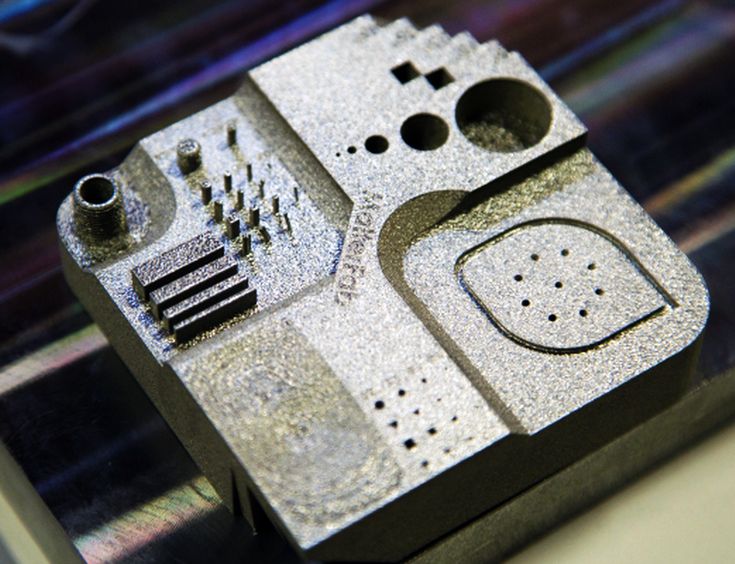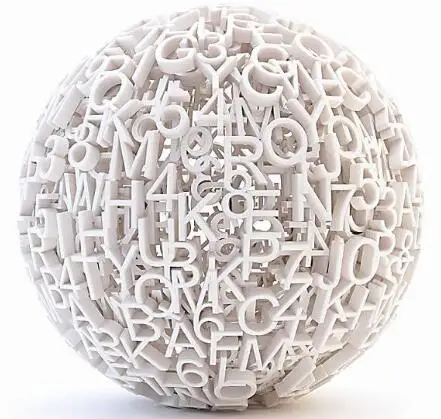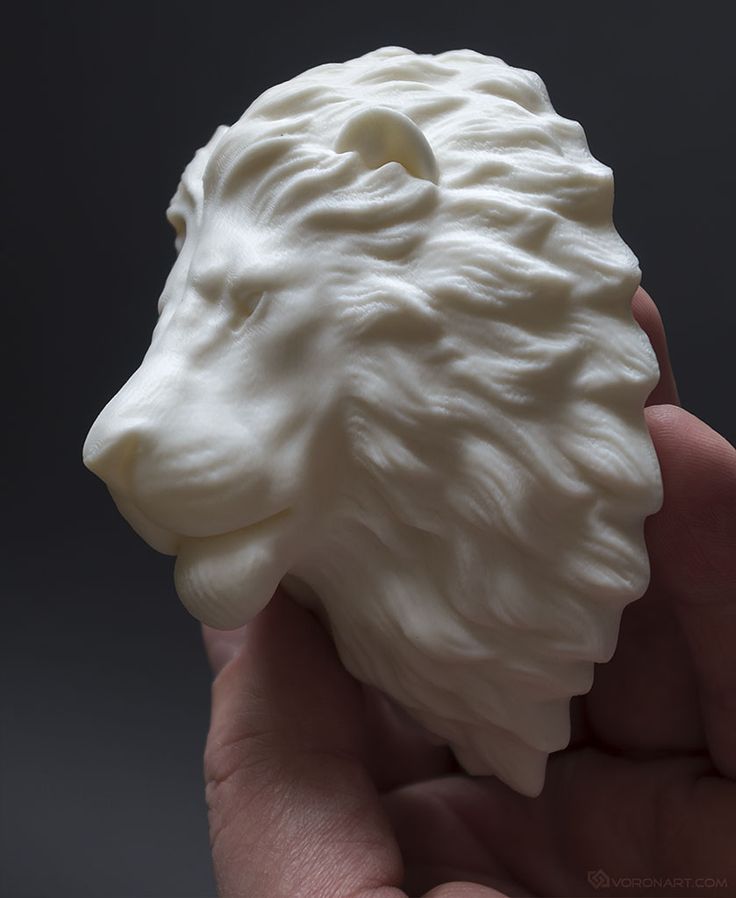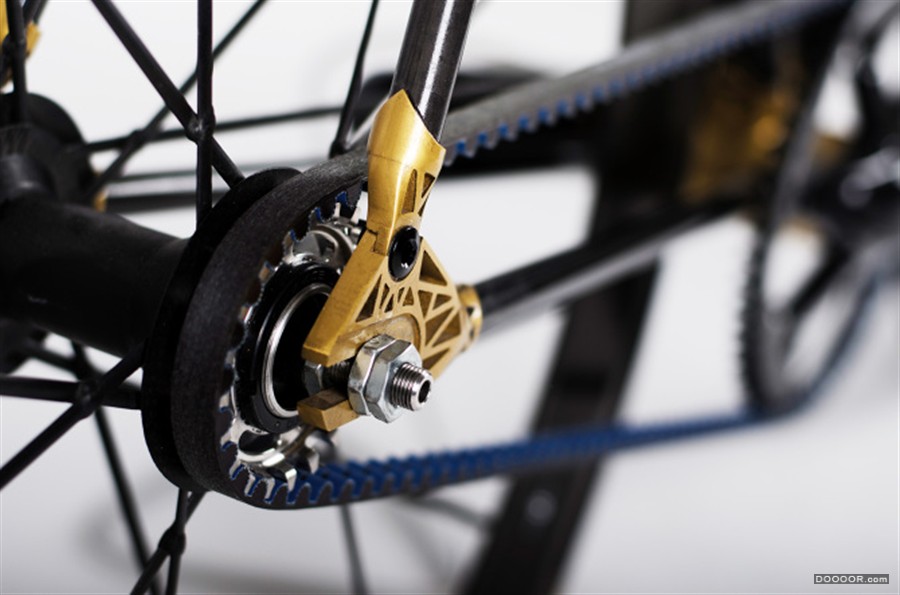Saic 3d printing
3D Printing – SAIC Advanced Output Center
3D Printing at The Advanced Output Center
The AOC’s 3D printers are open to all currently enrolled students, faculty and staff at SAIC. While there is no authorization required, users must have a good understanding of 3D solid modeling in order to prepare files correctly. 3D printing is a technician-run service. [more]
Remember, when using the online order forms you must be logged into your SAIC Google account.
Get Certified For Ultimaker Self Service Printing
Book Slice Review to use self-service Ultimaker printers.
Notice: To use self-service 3D printing at the AOC, you must make an appointment to have your Cura slice file reviewed. You must already be certified and your files must already be sliced before making this appointment.
Job Submission through Papercut
Note: You must be on campus or use VPN to access the Job Submission page. You will also need to complete this tutorial agreement before you can pay for orders. Make sure each separate physical part is a separate STL file before submission.
Downloads
3D Model Repair Guide (PDF)
3D Print Guide (PDF)
| FORMLABS | ORDER FORM VPN Required |
|---|---|
| Location | AOC, 1232 Sullivan. |
| Access | Technician-run; Pre-processed files are submitted online through the AOC website with a completed order form; Open to all SAIC community (students, faculty, staff, alumni). |
| File Types | Solid STL files with each physical part exported as a separate file. |
| Max Build Size | 5.7" x 5.7" x 6.9" |
| Build Resolutions | 0.025mm, 0.05mm, 0.1mm *varies by material |
| Design Specs | For more detailed info on designing for the Formlabs, visit our design specs page here. |
| Materials | Acrylic-like plastic in white, gray, black, clear, and custom colors. Dark gray flexible. Teal ABS-like plastic. White rigid. Blue Draft. Translucent durable and elastic. Gray-pro. |
| Build Options | Solid only. To save money, shell parts in Meshmixer. |
| Pricing | $0.40/milliliter |
| Job Turnaround | Varies greatly depending on size and shape of model, color choice and queue length. Check with a lab technician for an estimate. |
| F370 | ORDER FORM VPN Required |
|---|---|
| Location | AOC, 1232 Sullivan. |
| Access | Technician-run; Pre-processed files are submitted online through the AOC website with a completed order form; Open to all SAIC community (students, faculty, staff, alumni). |
| File Types | Solid STL files with each physical part exported as a separate file.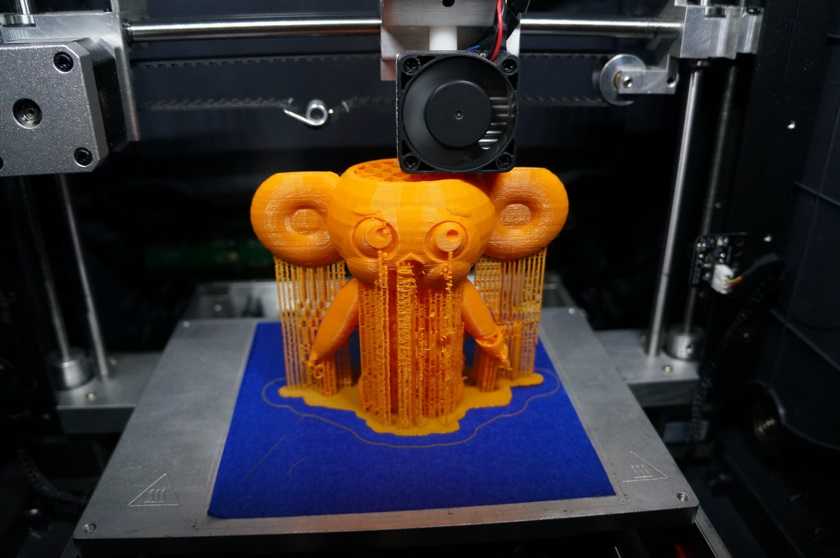 Files should be pre-processed in GrabCAD prior to submission. Files should be pre-processed in GrabCAD prior to submission. |
| Max Build Size | 14" x 10" x 14" |
| Build Resolutions | 0.127mm, 0.178mm, 0.254mm, 0.330mm |
| Design Specs | For more detailed info on designing for the F370, visit our design specs page here. |
| Materials | ABS plastic in white, ivory, grey, black, blue, red, orange, yellow, or green ASA plastic in white or black PC-ABS in black Sandable & machinable, with good impact resistance |
| Build Options | Solid interior (stronger, more expensive and longer build time) High Density sparse interior (less strength than solid, slightly cheaper) Low Density strong interior (less strength than high density but double thick walls compared to low density sparse. Save money but keep some strength) Low Density sparse interior (less strength than high density, cheaper, quicker build time) |
| Pricing | Modeling Material: $4. 50/in³ 50/in³Support Material: $4.50/in³ Build Base: $0.40/2″x2″ square (Prices can be estimated in GrabCAD) ArtiCard only, payable on job pickup. |
| Job Turnaround | Varies greatly depending on size and shape of model, color choice and queue length. Check with a lab technician for an estimate. |
| OBJET 30 PRO | ORDER FORM VPN Required |
|---|---|
| Location | AOC, 1232 Sullivan. |
| Access | Technician-run; Pre-processed files are submitted online through the AOC website with a completed order form; Open to all SAIC community (students, faculty, staff, alumni). |
| File Types | Solid STL files with each physical part exported as a separate file. |
| Max Build Size | 11.57" x 7.55" x 5.85" |
| Build Resolutions | 0.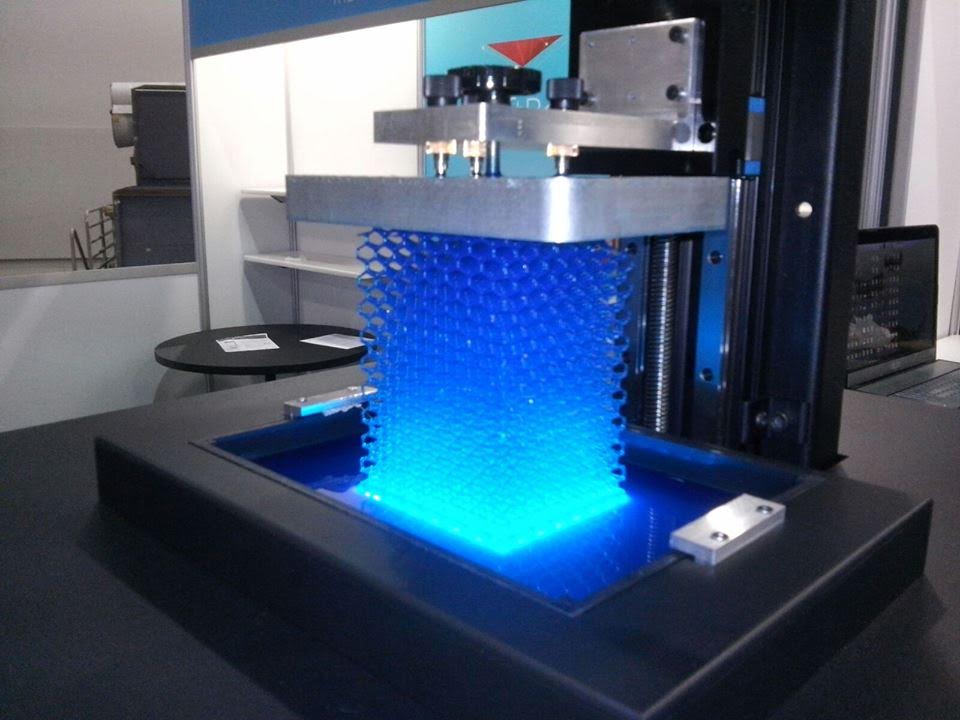 016mm 016mm |
| Materials | Acrylic-like plastic in clear. Sandable & machinable, poor impact resistance Heat deflection temperature of 40°C (104°F) |
| Build Options | Solid interior (stronger and more expensive) Shelled/support interior (less strength and cheaper) |
| Pricing | Modeling Material: $0.30/gram Support Material: $0.15/gram |
| Job Turnaround | Varies greatly depending on size and shape of model, and queue length. Check with a lab technician for an estimate. |
| Ultimaker 3 and Ultimaker S5 | ORDER FORM VPN Required |
|---|---|
| Location | AOC, 1232 Sullivan. |
| Access | Both Self-Service and Technician-run available; Pre-processed files are submitted online through the AOC website with a completed order form; Open to all SAIC community (students, faculty, staff, alumni).  |
| File Types | Solid STL files with each physical part exported as a separate file. |
| Max Build Size | Ultimaker S3: 9" x 7.4" x 7.9" Ultimaker S5: 13" x 9.4" x 11.8" |
| Build Resolutions | 0.2mm 0.15mm 0.1mm |
| Materials | PLA Plastic in White or Black |
| Build Options | Gradual (auto thickens in small areas but uses sparse pattern inside for a lower cost) 10% infill 20% infill |
| Pricing | Modeling Material: $0.05 per gram |
| Job Turnaround | Varies greatly depending on size and shape of model, color choice and queue length. Check with a lab technician for an estimate. |
Questions? Email [email protected]
Additive Manufacturing: Solutions from Ground Up
Saves precious resources to create unexpected efficiencies
The words “Build Complete” flash on the screen as the prototype engineer carefully retrieves the finished part from the machine. Eric Smay’s advanced engineering team has just finished creating an internal combustion engine air intake that optimizes engine airflow and air intake sensor positioning during engine dynamometer testing. But sheet metal wasn’t utilized to fabricate this intake box. Minute layers of aerospace-grade polymers were extruded, one on top of another, to create the finished product in SAIC’s additive manufacturing lab.
Eric Smay’s advanced engineering team has just finished creating an internal combustion engine air intake that optimizes engine airflow and air intake sensor positioning during engine dynamometer testing. But sheet metal wasn’t utilized to fabricate this intake box. Minute layers of aerospace-grade polymers were extruded, one on top of another, to create the finished product in SAIC’s additive manufacturing lab.
SAIC uses additive manufacturing—or 3D printing—to create a variety of components and parts for an equally wide range of applications across our customer base. Mounting brackets, computer stands, soldering aids, and component prototypes are just a few of the many parts made in our facility. Additive manufacturing ultimately consumes less time and money than traditional manufacturing methods by reducing the steps to make a finished product.
“The end result being … where the supply chain is entirely controlled under a single roof, with only raw materials being procured,” said Smay, systems engineering director, working with the additive manufacturing lab.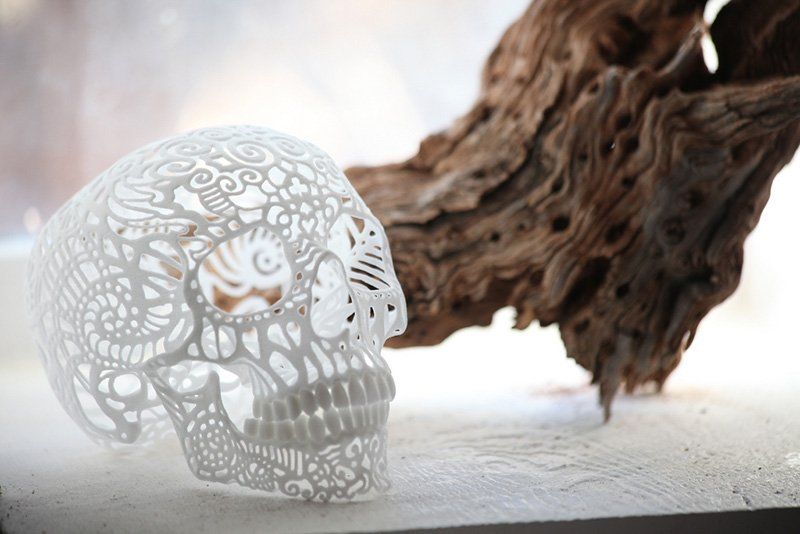
A technician inspects a turbine wheel being printed in a 3D printer.
From the ground up
3D printing became a hot topic in the early 2000s, but the technology has been around since the 1980s, used primarily in industrial manufacturing and rapid prototyping. It was a quick, accurate technology that cost far less than alternative methods.
As the term implies, additive manufacturing builds parts quite literally from the ground up. The 3D printer deposits raw material layer by layer, transforming a 3D model from a computer into a tangible object. Traditional manufacturing works in the exact opposite way, subtracting and modifying raw material to arrive at the same end product, but this requires a lot more time and material.
As 3D printing matured and its processes were refined, one thing remained clear: Additive manufacturing cost significantly less money, generated less waste, and consumed fewer working hours when manufacturing a comparable end product.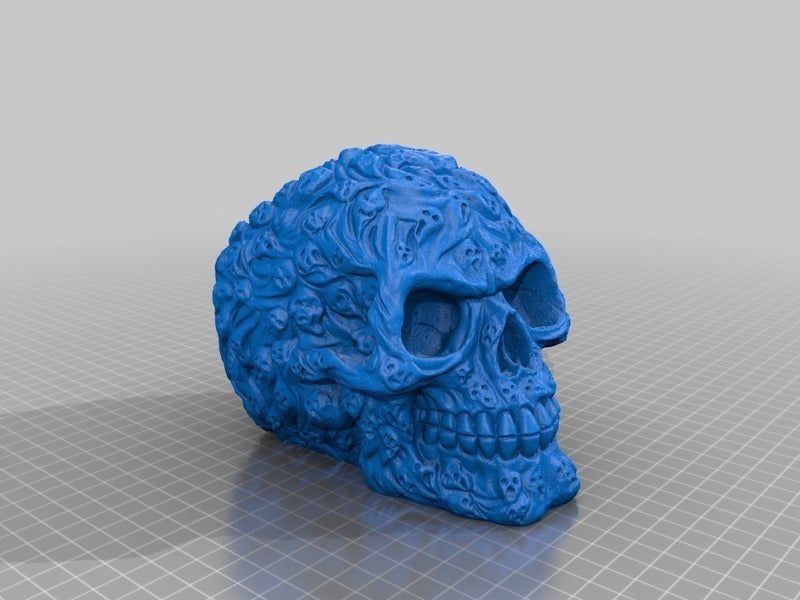
Its value was proven, and SAIC adopted this technology to provide our customers with more affordable mockups and products.
Pushing the limits for our customers
Today, SAIC leverages additive manufacturing to support the military’s combat vehicle programs. Smay and other SAIC engineers constantly push the limits of our 3D printers, developing novel prototype and component variants that redefine the possibilities of additive manufacturing. Reducing cost, lead time, and weight is invaluable to America’s military in fulfilling its mission, and additive manufacturing cuts the consumption of those resources into fractions.
The capabilities of additive manufacturing are accelerating, so keeping pace and remaining at the leading edge is no easy feat. It’s a challenge Smay and the team understand and face daily while remaining committed to providing our customers with the best total quality solutions.
“The at-the-edge nature of our design contains inherent levels of risk as new technologies and innovative concepts are incorporated. Additive manufacturing is one tool available to our team to mitigate these risks,” Smay said.
Additive manufacturing is one tool available to our team to mitigate these risks,” Smay said.
An SAIC employee points out the parts of a quadcopter that were made using additive manufacturing, at the 2016 SAIC 3D Printing Challenge.
Dream big
As with any technology, additive manufacturing has its limitations. The end product is only as big as the printing bay.
But our team is putting in the hours to bring larger and more complex solutions to life.
“This technology is moving very quickly, and the industry is working to address many of the concerns over repeatability and available materials,” Smay said.
Traditional manufacturing cannot create the unique structures and geometric shapes additive manufacturing makes into reality. Imagination alone may soon be the only limitation on the scope of products designed through additive manufacturing.
“Intricate lattice and hollow structures can now be realized with little concern over the quality and cost constraints associated with conventional manufacturing methods,” Smay said.
SAIC has never been afraid of pushing the limits. As larger printers are released and multi-material manufacturing becomes a reality, more SAIC applications and solutions are beginning their life cycles in the bay of a 3D printer.
Crafts in the garden for a child for the new year.
AP86
Loading
12/21/2018
1228
We print
SkyOne
As always, at the last moment, it turned out that the child in the kindergarten needed to make crafts for the new year.
Just a couple of years ago, I would have had to spend the whole evening and work hard with applications helping a child to realize his desire for art and fantasy). Suddenly, the idea arose to apply 3d printing to solve this problem. I found on the Internet a couple of bright pictures for contours and excellent models of New Year's crafts for printing on a 3d printer. In a pair of 3D pen + SKY ONE printer, the process of creating crafts turned into an exciting experience and fully compensated for the lack of sufficient time. nine0003
In a pair of 3D pen + SKY ONE printer, the process of creating crafts turned into an exciting experience and fully compensated for the lack of sufficient time. nine0003
First we made Santa Claus with a 3D pen.
Next, they chose the models they liked and printed them on the printer. All that was left was to assemble.
Next year we will make a complete composition. Involve children in the process of printing and creating details. This gives them an unusual feeling of joy from the work done and the results from the picture to the toy. From fantasy to real crafts.
Happy new year to all.
Follow the author
Subscribe
Don't want
8
Article comments
Best prints
amforma
Loading
11/25/2022
1083
17
Subscribe to the author
Subscribe
Don't want
Scale 1:24.
3D printing master models from photopolymer Harzlabs, INDUSTRIAL ABS.... nine0003
Read more
amforma
Loading
07.12.2022
1056
10
Subscribe to the author
Subscribe
Don't want
Scale 1:24.
3D printing master models from photopolymer Harzlabs, INDUSTRIAL ABS....
Read more
dagov
Loading
06/03/2018
9389
90
Subscribe to the author
Subscribe
Don't want
ABSMaker plastic. Each mosaic weighs approximately 450-500 grams.
Each mosaic weighs approximately 450-500 grams.
Read more
Read blogs
5 ways 3D printing is changing the automotive industry nine0003
You can't buy a fully 3D printed car at a car dealership yet, but additive manufacturing has been used in car design for years. Every year, especially in recent years, 3D printing is taking an increasingly important place at all stages of production. This is evidenced by the rapid growth of 3D printing market share in automotive manufacturing, which is projected to reach $2.5 billion by 2023.
For example, luxury car companies including Bentley, Porsche, BMW and Ferrari are using 3D printing to create custom car interior parts. GM, Volvo, Ford are using 3D printing to produce tooling to save money, improve designs and reduce delivery times. nine0003
Source 3dprinting.com
3D printing is constantly emerging with new opportunities, it is becoming more accessible. If the first 3D printers cost about $20,000, now you can find 3D equipment for $100.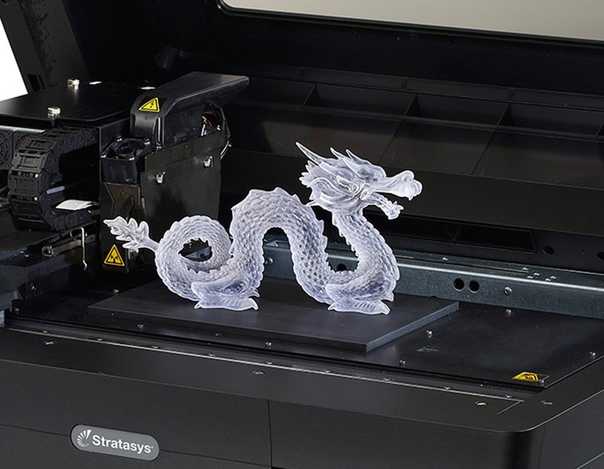 Now companies can, with the help of additive technologies, produce the necessary components directly at their own enterprises and not depend on suppliers.
Now companies can, with the help of additive technologies, produce the necessary components directly at their own enterprises and not depend on suppliers.
With new materials, 3D printers can print high-precision, functional end parts. Additive technologies facilitate the production of custom products and increase productivity. nine0003
But this is only the beginning of the journey. Here are five key ways 3D printing is driving innovation in the automotive industry, from car design to production. Plus one bonus.
1. Changing the prototyping process
It was with the manufacture of prototypes that the use of 3D printers in the automotive industry began. 3D printed prototypes took much less time than traditional methods required.
With the help of Raise3D 3D printers and ideaMaker software, Crazy Grandpa Garage was able to automate the process of creating custom car parts. Production costs have been reduced by 50%, design reliability has improved significantly, and lead time has been reduced by 83%.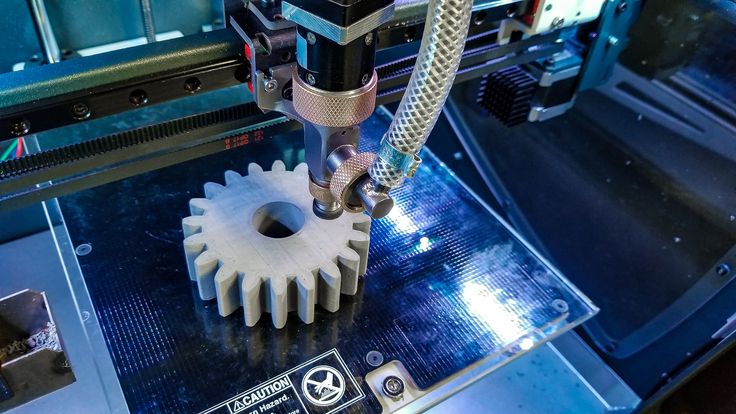 The parts now come out very well fitted to the car.
The parts now come out very well fitted to the car.
Source: facebook.com
Using 3D printing, car designers can quickly prototype individual parts or assemblies, from interior detail to dashboard, or even full-size car models. Thanks to 3D prototyping, the initial idea quickly turns into a physical embodiment of the concept - a conceptual model. The concept can then be developed into full-featured, high-fidelity prototypes, and after several validation steps, mass production begins. For the automotive industry, getting through these steps quickly is vital, and the entire downtime of an automobile production line in just an hour is very costly for the company. nine0003
For example, the assembly plant of the American car manufacturer General Motors claims to have saved more than $300,000 by purchasing a 3D printer in 2016.
Ringbrothers designers and engineers are not dependent on third parties to implement laser stereolithography (SLA) in their facility. The cost is reduced, the development time is reduced. Source: formlabs.com
The cost is reduced, the development time is reduced. Source: formlabs.com
Hose for Eventuri BMW M4, Source: ultimaker.com
Traditional prototyping was time consuming and costly, in part because the product went through more iterations. With 3D printing, you can create high-quality prototypes in one day and at a much lower cost. More examples.
The Ford Fiesta ST with 3D printed parts, ext. SEMA 2016, ultimaker.com
For example, General Motors has partnered with Autodesk to produce low cost, lightweight automotive parts using 3D printers. Tools, fixtures and fittings can now be produced at a fraction of the cost, according to Autodesk. For example, a 3D printed tool used to align engine and transmission ID numbers costs less than $3 at General Motors. A traditionally produced instrument will cost $3,000. In addition, downtime due to faulty tools can be significantly reduced as new tools are produced in-house. nine0003
2.
Daihatsu, Japan's oldest car manufacturer, launched a project in 2016 to customize its Copen model.
Source: 3dprint.com
In partnership with Stratasys, Daihatsu customers can design and order custom 3D printed panels for their front and rear bumpers, with a choice of over 15 basic patterns in 10 different colors. nine0003
Source: 3dprint.com
In Europe, the BMW MINI brand also uses 3D printing to create personalized car parts. Since the beginning of 2018, MINI customers have been able to personalize various trim elements such as the instrument panel, LED treadplates and illuminated bumpers, as well as choose from different colors and textures. These parts are then 3D printed using a range of technologies from DLS Carbon to SLS.
Source: formlabs.com
Volkswagen Motorsport's I.D. R Pikes Peak is designed with over 2000 3D printed test parts.
Source amfg.ai
The use of 3D printers makes it possible to experiment in the development of non-standard designs, reduces the cost of their production. Long production processes for custom-made products are becoming much shorter.
Ringbrothers uses 3D printing to create customized end pieces, such as ventilation grilles. Source: formlabs.com
Large companies are merging 3D printing technologies with traditional manufacturing methods. Volkswagen has recreated its iconic 1962 Microbus by replacing the petrol engine with a 120 hp electric one. The Type 20 concept electric minivan has received many improvements using 3D printed parts. These improvements include cast aluminum wheels. Even the wheel hubcaps, while looking like stamped steel, are actually printed on a Formlabs SLA 3D printer, then electroplated and polished. nineanother example Bentley has used cutting-edge metal 3D printer technology to produce a grille, side vents, door handles and exhaust pipes much more complex than those used on current production models.
Bentley has used metal 3D printing to create intricate micron precision parts. Source: formlabs.com
Source: youtube.com
3D printing has also made it possible to create parts that could not be made in any other way.
Bugatti's monobloc brake caliper is a prime example. For some components, Bugatti would have preferred titanium due to its high performance, but processing this metal with traditional methods is expensive and difficult. 3D printing has allowed Bugatti to produce a titanium alloy brake caliper. Due to the thin walls, the caliper turned out to be very light - almost two times lighter than forged aluminum. At the same time, the strength of the 3D-printed monoblock is superior to that of aluminum. The 3D printed titanium monoblock has a tensile strength of 1250 N/mm2. This means that a force of just over 125 kg will be applied per square millimeter of this titanium alloy without tearing the material.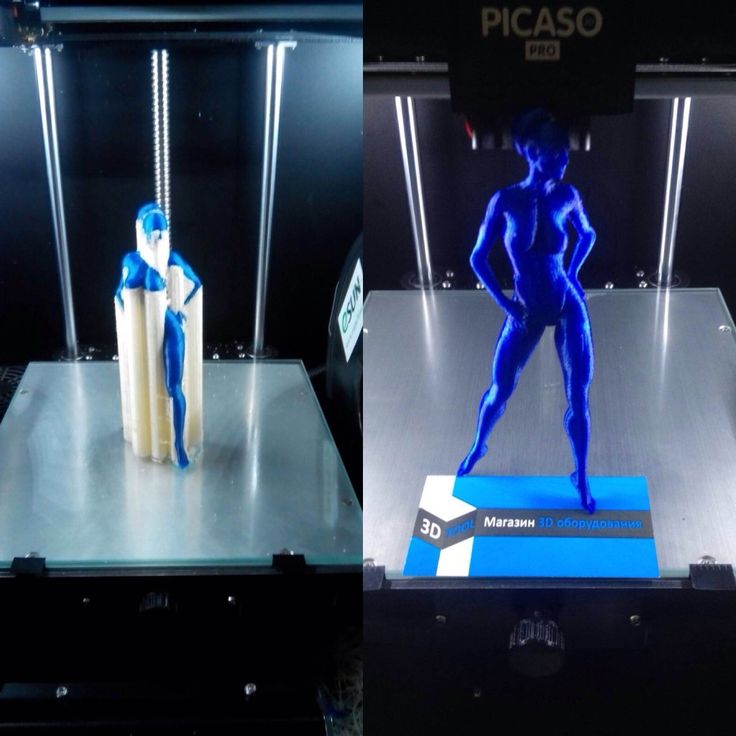 The new titanium caliper is 41 cm long, 21 cm wide and 13.6 cm high and weighs only 2.9kg compared to currently used aluminum, which weighs 4.9 kg.
The new titanium caliper is 41 cm long, 21 cm wide and 13.6 cm high and weighs only 2.9kg compared to currently used aluminum, which weighs 4.9 kg.
Source: youtube.com
Bugatti's brake monobloc is the industry's largest functional 3D printed titanium component for a car. Source: formlabs.com
3. Tool making
Various devices help to facilitate and speed up the production and assembly processes, improve the safety of workers. Automotive factories and component suppliers use a large number of non-standard tooling that is specifically designed and optimized for end use. As a result, a lot of non-standard equipment and tools are made, which increases production costs. nine0003
This 3D protective wheel disc was purchased for 800 euros but can now be printed for just 21 euros. Tool development time has been reduced from 56 to 10 days.
Source: ultimaker. com
Delegating custom tooling and fixtures to service providers who machine parts from solid metal or plastic stock can delay production by weeks.
For example, the development and prototype of a commutator motor using traditional manufacturing methods can take up to four months and cost about half a million dollars. Thanks to 3D printing, Ford was able to develop several variants in just 4 days and 99.4% cheaper - only $3,000.
Source: youtube.com
Additive technologies allow you to complete the task in a few hours and significantly reduce costs compared to ordering from a third-party enterprise. Since increasing the complexity of a 3D printed model does not incur additional costs, products can be better optimized for their application. New elastic materials for 3D printing in many cases allow you to print plastic parts instead of metal or create prototypes on a 3D printer to test the tool before using it in production
Gradually, the production of 3D printed accessories and tools is becoming one of the largest applications of additive technologies.
Pankl Racing Systems uses 3D printed fixtures to attach workpieces to a conveyor belt. Source: formlabs.com
For example, Pankl Racing Systems uses a stack of multiple Formlabs SLA 3D printers to make critical manufacturing tools. The multi-stage production of parts for transmissions on automatic lathes requires a series of fixtures and tools designed for each specific part. nine0003
With the help of 3D printing, Pankl's engineers have reduced the production time for the aids by 90%, from 2-3 weeks to around 20 hours. Costs were also reduced by 80-90%, saving $150,000.
The transition to 3D printing has enabled Volkswagen Autoeuropa to cut tooling development costs by 91% and tooling times by 95%.
4. Troubleshooting spare parts
Spare parts have always been a problem for the automotive industry. The demand for them is either there or not, so the production of spare parts is not economically viable, and the storage of pre-fabricated replacement components is also costly. But if there are no repair parts available, difficulties arise and the main product becomes less valuable. nine0003
3D printing could solve the problem of parts in the automotive industry in many ways. The main factors are printed materials, which can match the characteristics of traditional materials used in parts and be cost-effective. There are prerequisites for this.
Using computer-aided design, drawings of all parts can be stored digitally, so there is no need to store the parts themselves. The parts needed by the client can be printed on a 3D printer right in the workshop. nine0003
Even obsolete parts whose drawings have not survived can in principle be recreated by making a 3D scan of existing parts of this type and applying reverse engineering (reverse engineering). You can read more about this on our blog. Old projects can take on new life. There are many lovers of vintage cars, with the help of 3D printing it would be possible to create parts for them.
Ringbrother 3D printed the Cadillac emblem for a custom built old car. Source: formlabs.com
Source: formlabs.com
5. Production of standard parts
As 3D printers and materials for 3D printing become more affordable, a gradual transition to the production of mass-produced automotive parts using additive technologies is possible.
3D printing makes it possible to combine components into a single whole. Let's say there is a mechanism assembled from six or seven car parts that can be combined into one printed part. It will save time and assembly costs. With 3D printing, it is also possible to reduce the weight of the combined assembly, as a result, the car will use fuel more efficiently. nine0003
3D Systems has developed an advanced exhaust pipe for a sport bike. In the image below, you will see 20 sheet metal and hydroformed parts needed to assemble the original exhaust pipe. On the right is a monolithic exhaust pipe that does not require assembly, made using metal 3D printing.
Source designnews. com
The 3D printed tube was produced using Grade23 titanium in just 23 hours, compared to three weeks for traditional production. Design development time reduced from 6 weeks to 6 days. Additive manufacturing also eliminates the need for tooling, fixtures, multiple welding and multiple inspections. nine0003
Geometry optimization has reduced the amount of material required for maximum productivity. All elements of the original exhaust pipe are incorporated into the new design and, when printed with a typical wall thickness of 0.5mm, the 3D printed exhaust pipe is about 25% lighter than the original one.
A wide range of 3D printing materials is beginning to meet the requirements of various vehicle components. Since additive methods reduce costs compared to traditional methods (such as molding and injection molding), it makes a lot of sense from a production and financial point of view to further introduce 3D printing into the production of basic parts. nine0003
Volkswagen, one of the world's largest and most innovative car manufacturers, is using an HP Metal Jet 3D printer to produce high-performance functional parts with special design requirements, such as shift knobs and mirror mounts. Volkswagen's long-term plans to work with HP include accelerating the production of mass-customized parts such as key rings and exterior nameplates.
Volkswagen's long-term plans to work with HP include accelerating the production of mass-customized parts such as key rings and exterior nameplates.
Source: youtube.com
+1. 3D printed cars
While 3D-printed cars have yet to hit the market, there are some interesting designs and concepts that can suggest a possible direction for the automotive industry.
Light Cocoon . German engineering firm EDAG was clearly inspired by nature to create the 3D printed supporting structure of the Light Cocoon concept car. The frame resembles the veins of a tree leaf or its branch. Despite the fact that the design of the EDAG took less material than a conventional frame, all the strength requirements for structurally significant components are met. Outside, the case is covered with a lightweight and durable waterproof fabric. nine0003
The cover protects the EDAG Light Cocoon from the weather and gives the car a unique personality. Source: formlabs.com
Source: formlabs.com
Blade . Blade ("Blade") announced as "the world's first 3D-printed supercar." It meets supercar standards but is made from inexpensive materials: carbon fiber tubes and aluminum rods, combined with 3D printed metal parts. Blade turned out to be very light and does not take long to assemble. nine0003
The world's first 3D printed Blade supercar. Source: formlabs.com
Strati . The American company Local Motors 3D printed and assembled the Strati electric car right at the exhibition stand, in just 44 hours. Most of the components were printed - the body, seats, interior parts. A car is made up of less than 50 assemblies, far fewer than the thousands of parts that go into a traditional car. The company intends to reduce the print time to 10 hours. nine0003
The Strati from Local Motors consists of less than 50 individual parts*. Source: formlabs.com
LSEV. Developed by the Italian company XEV, the LSEV could be the first in the 3D printed electric vehicle market when it goes on sale.


